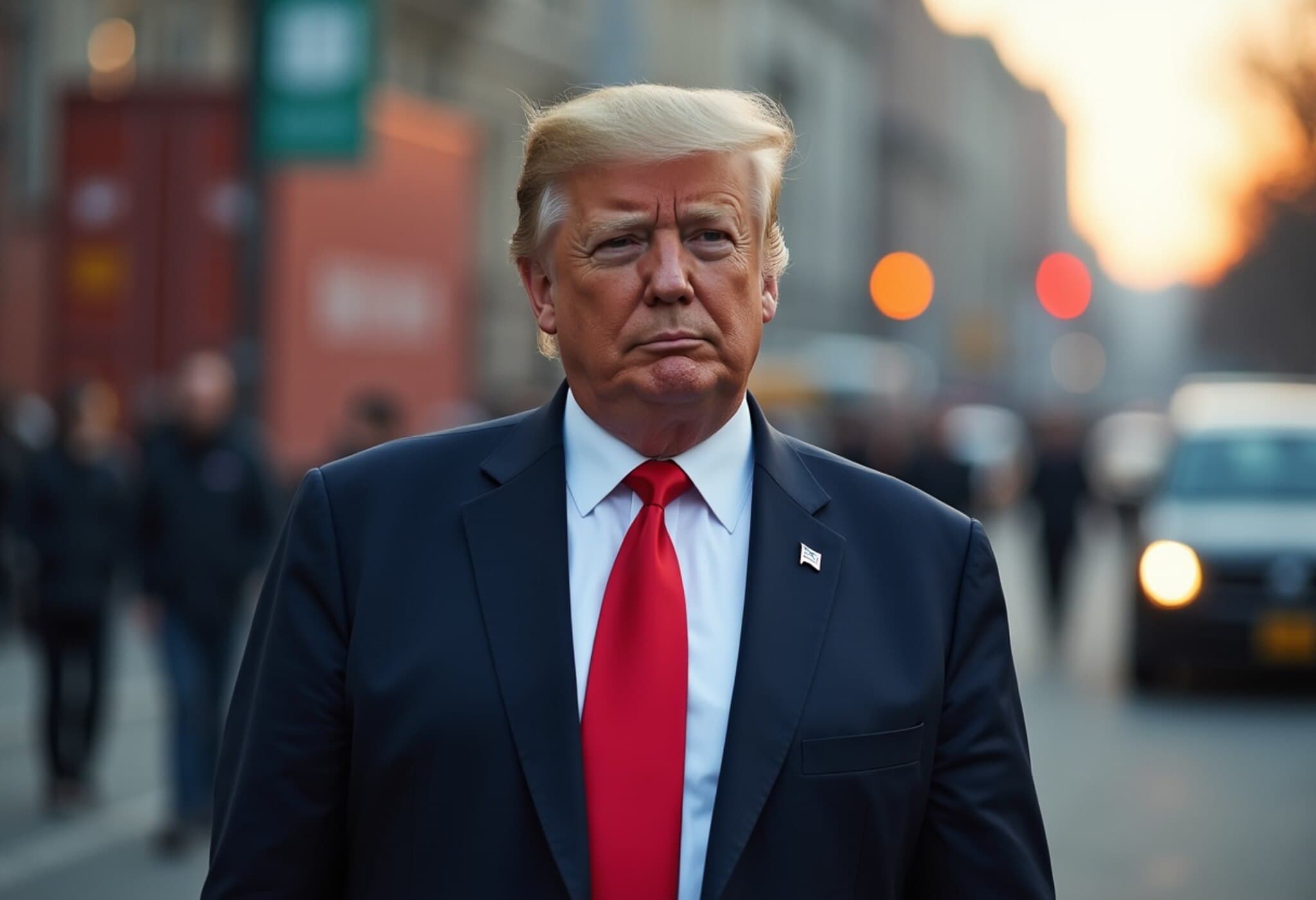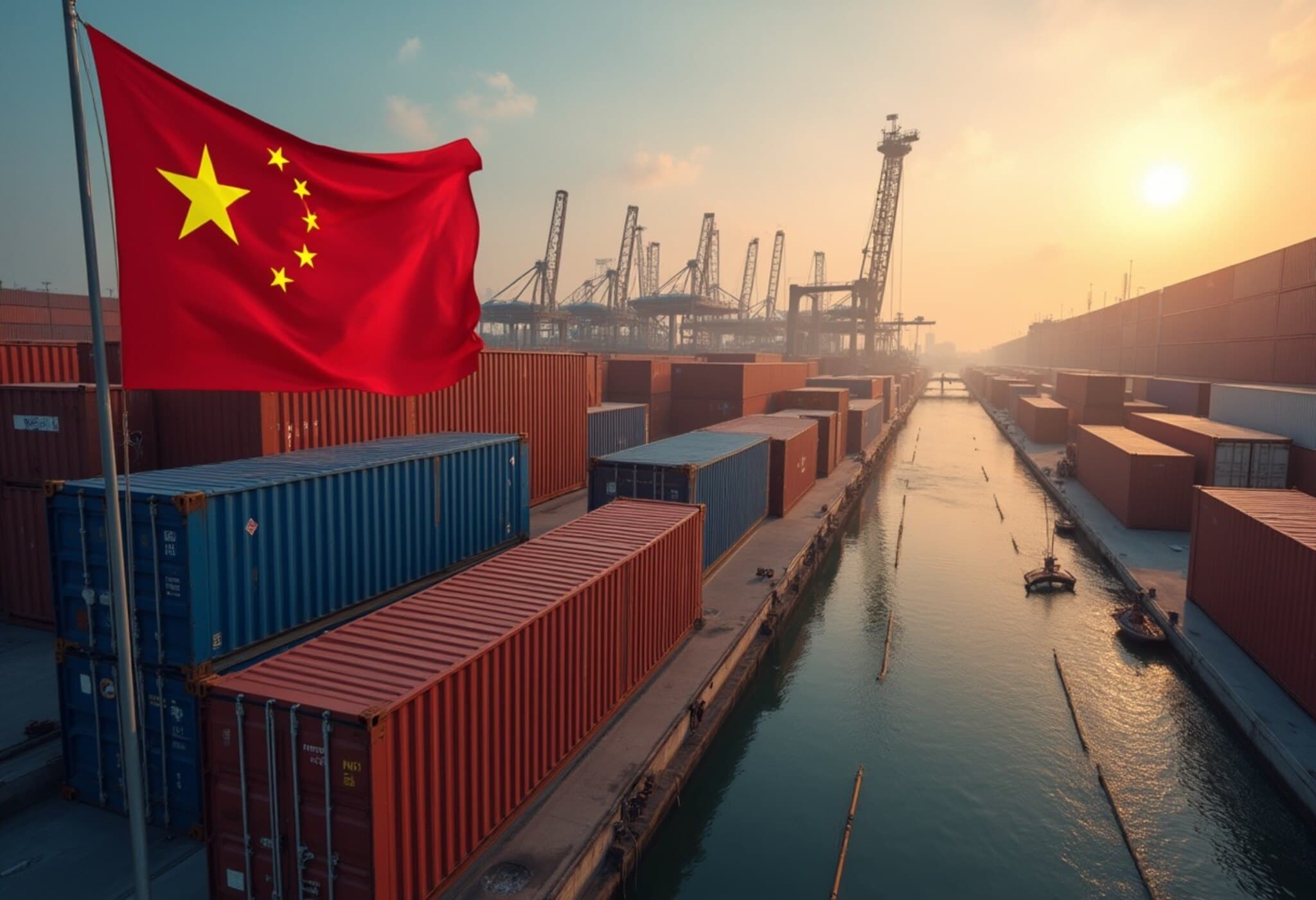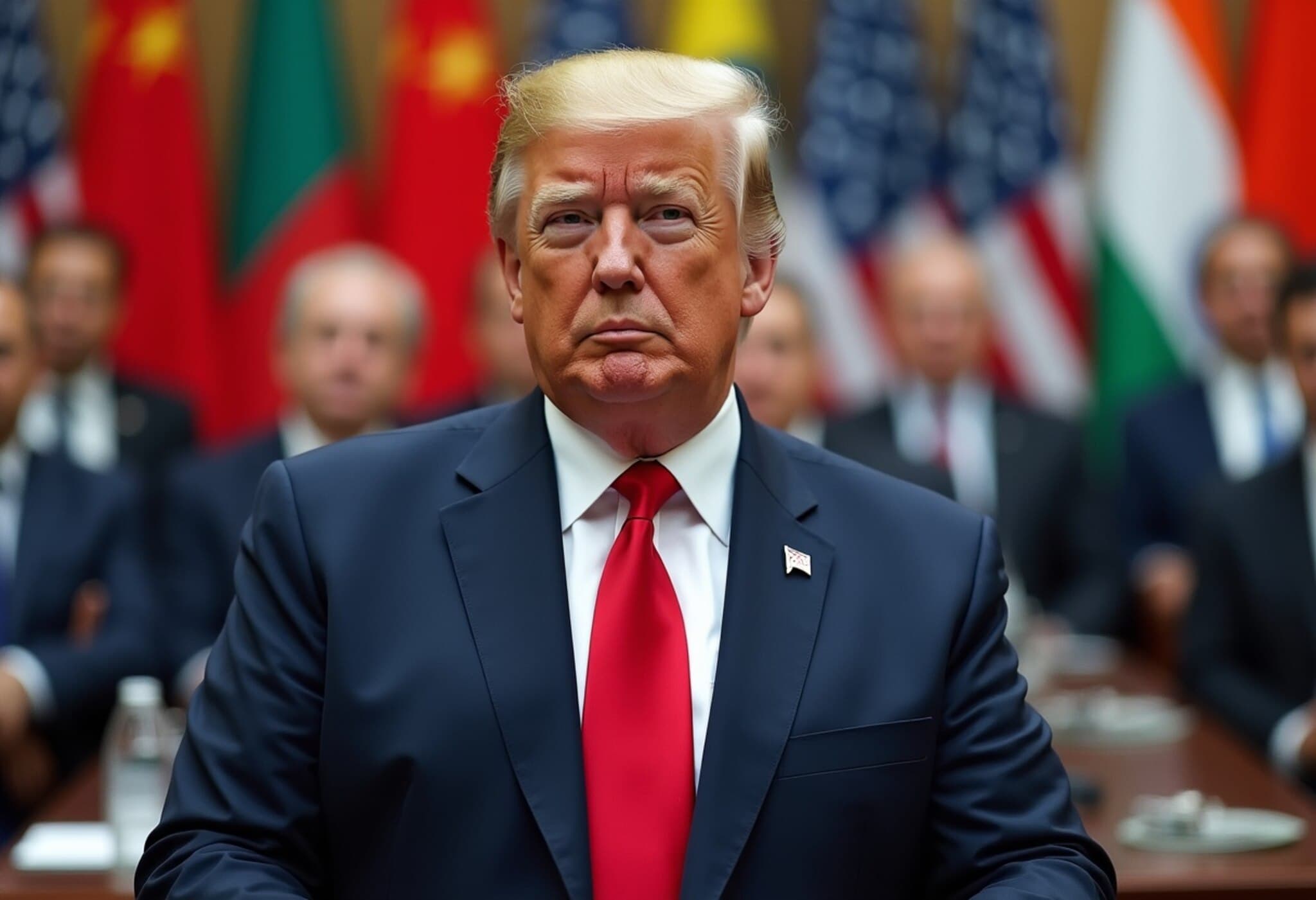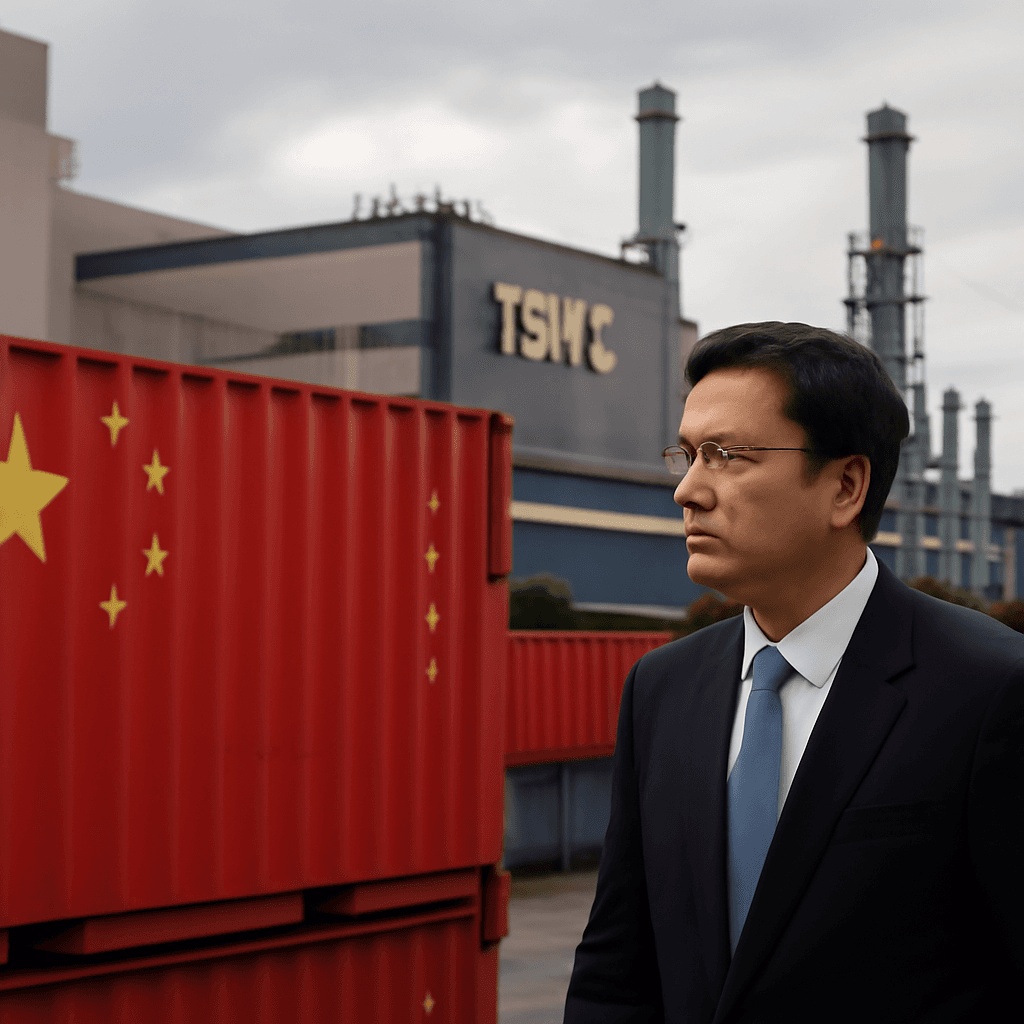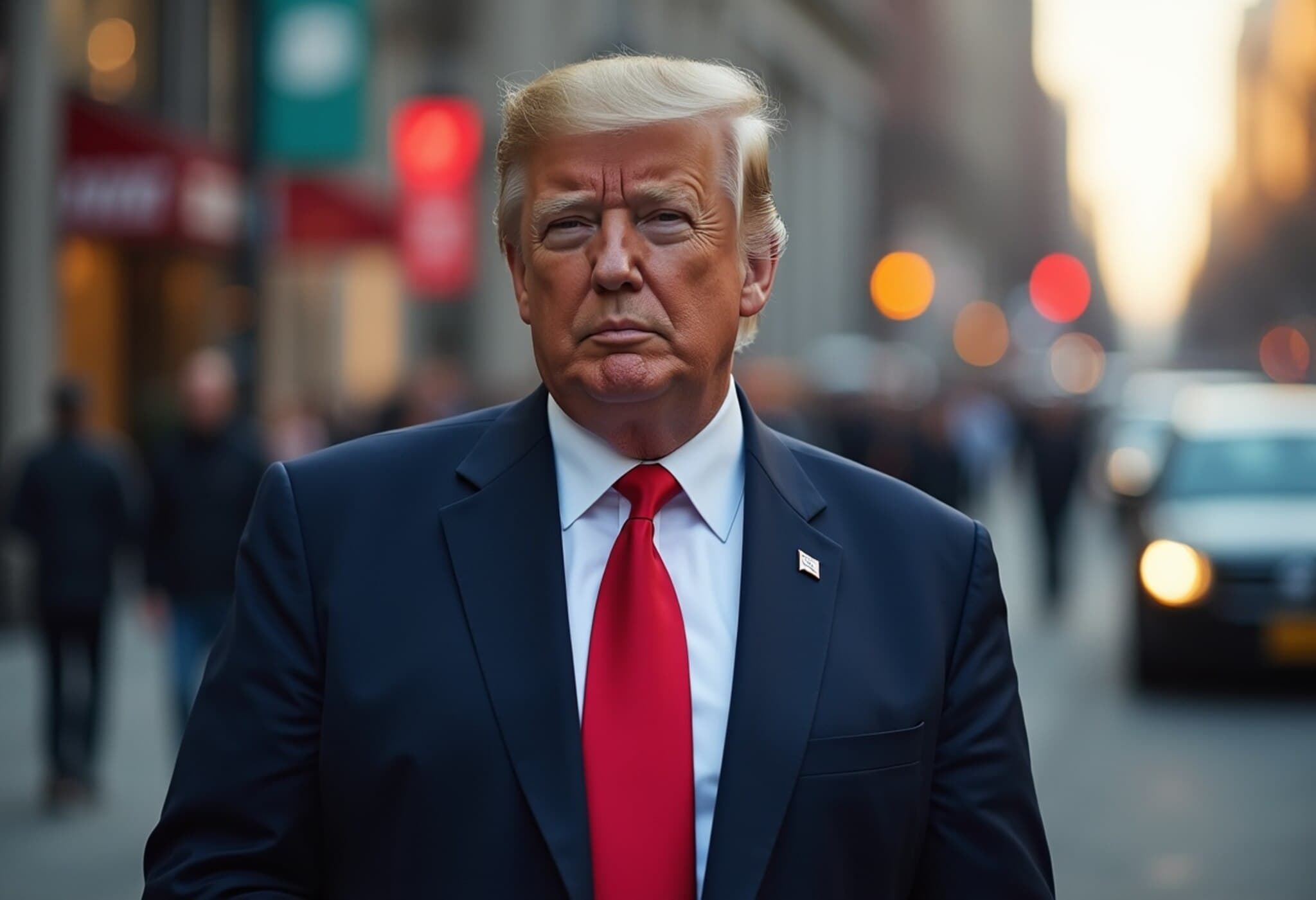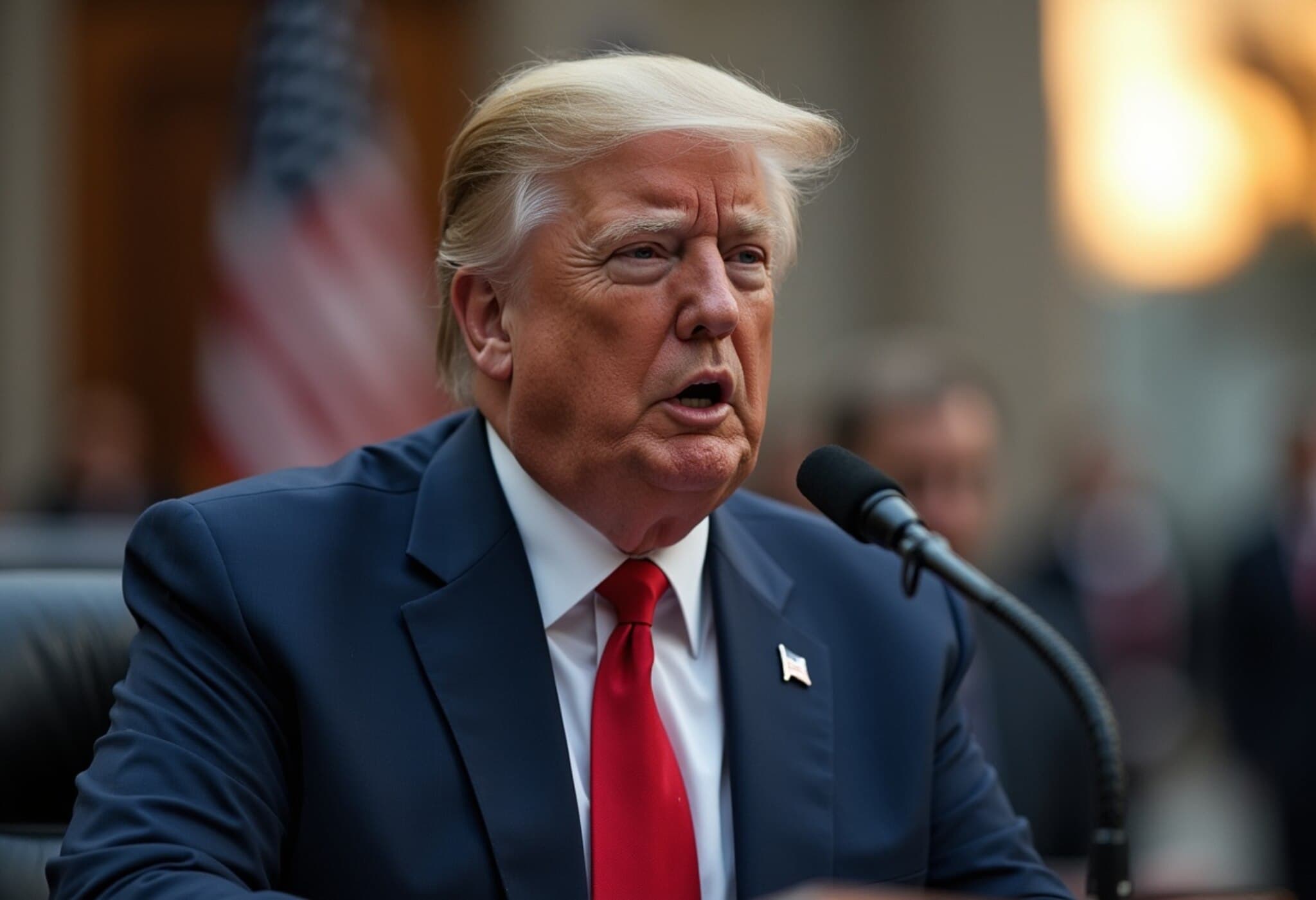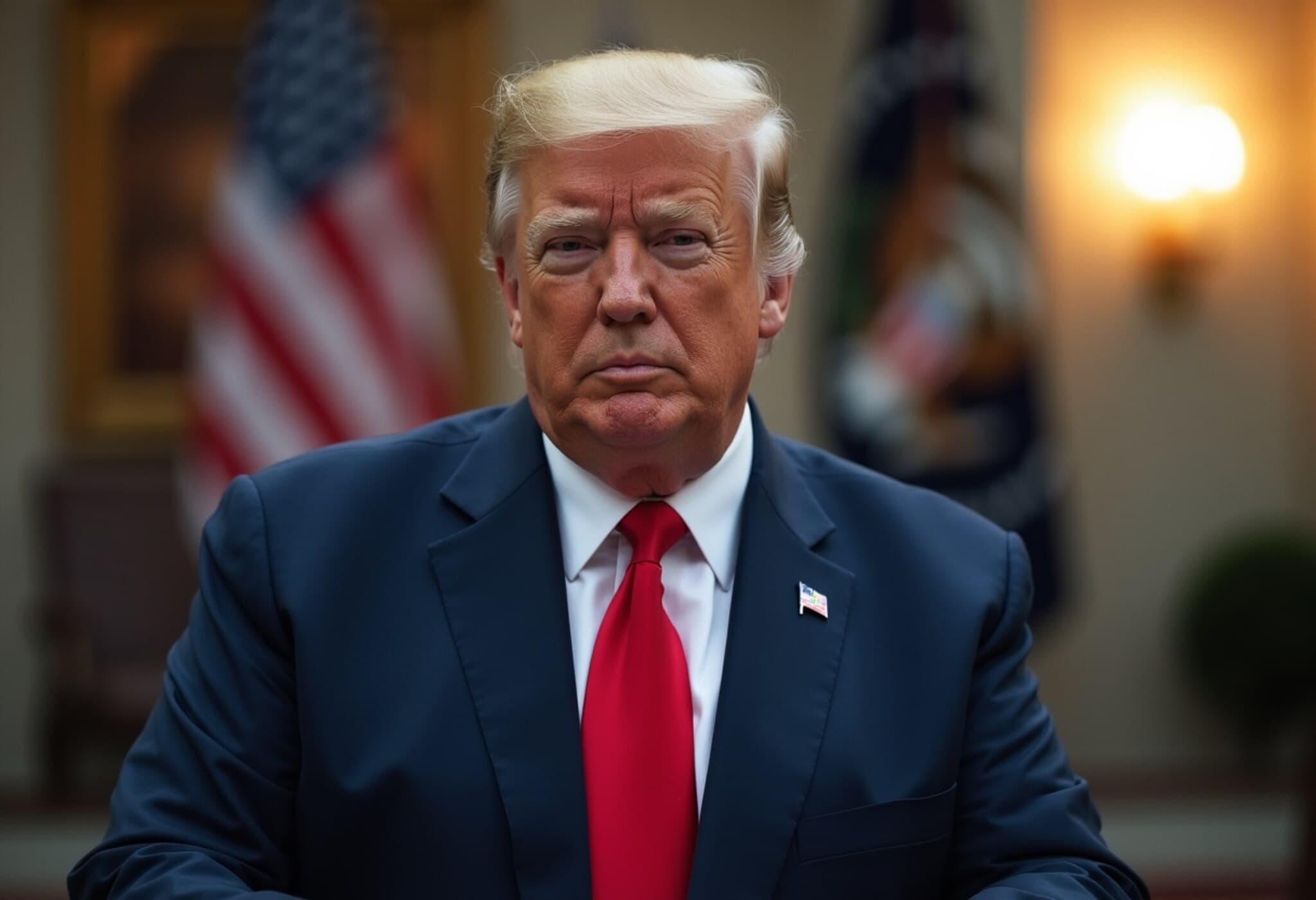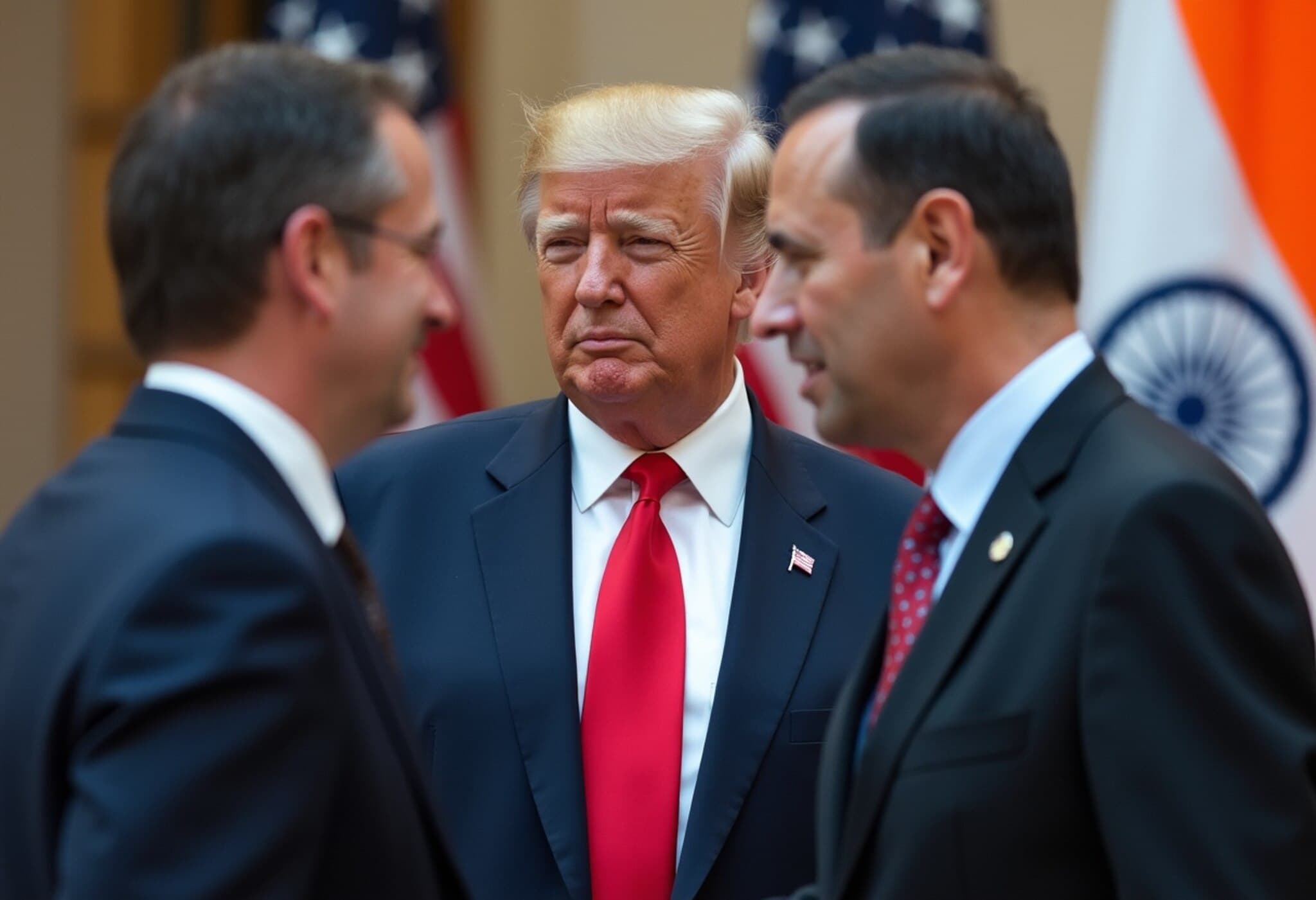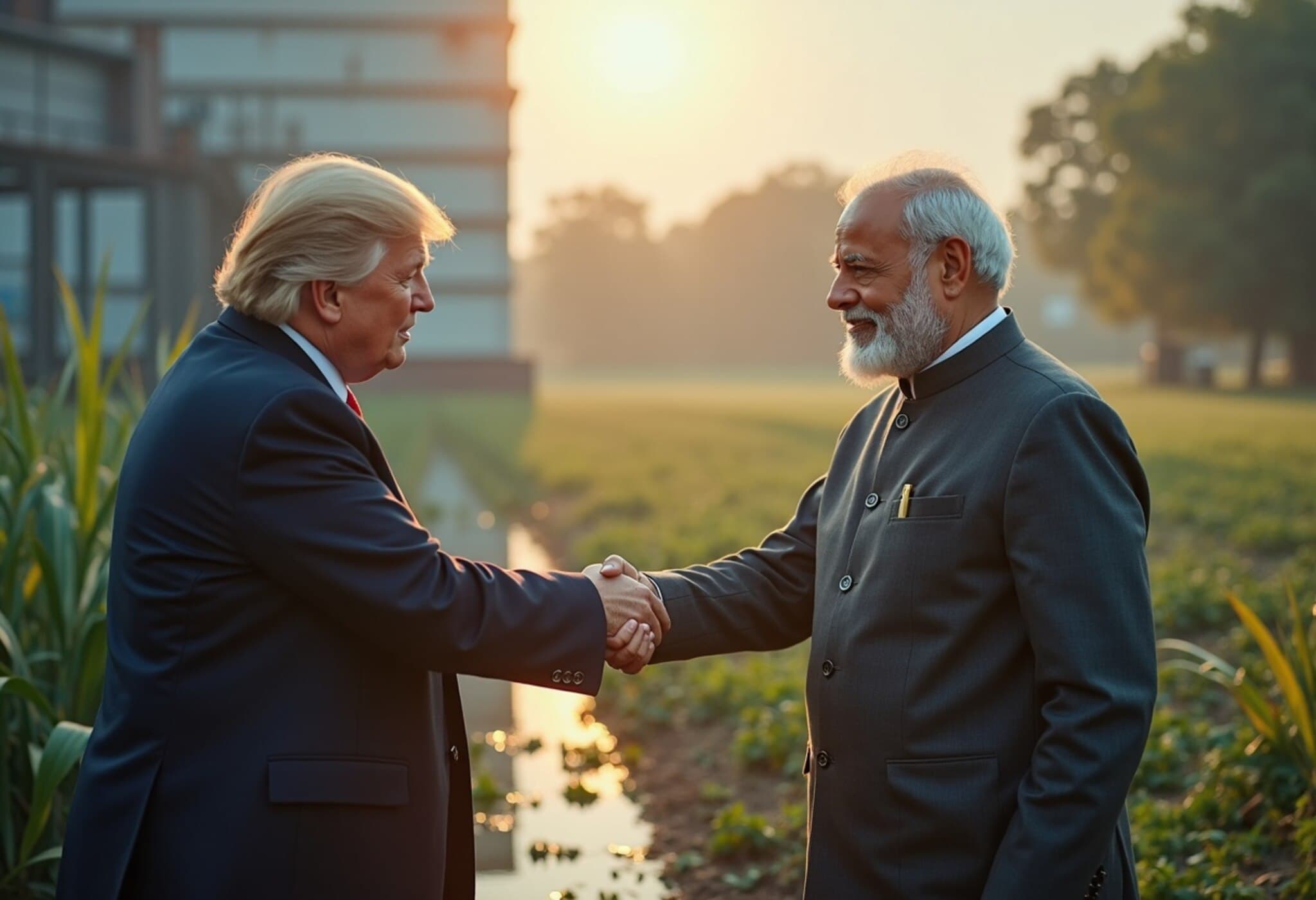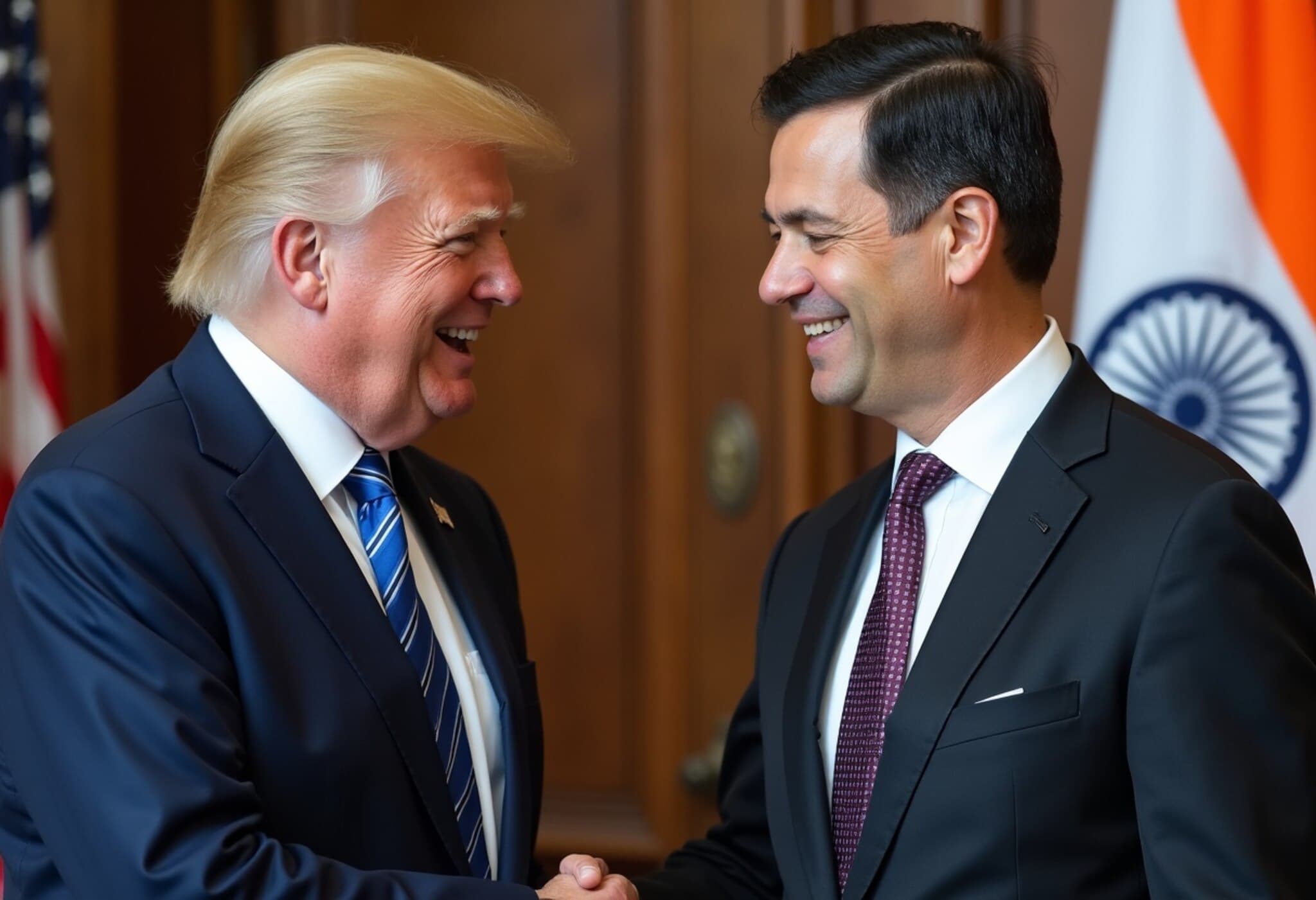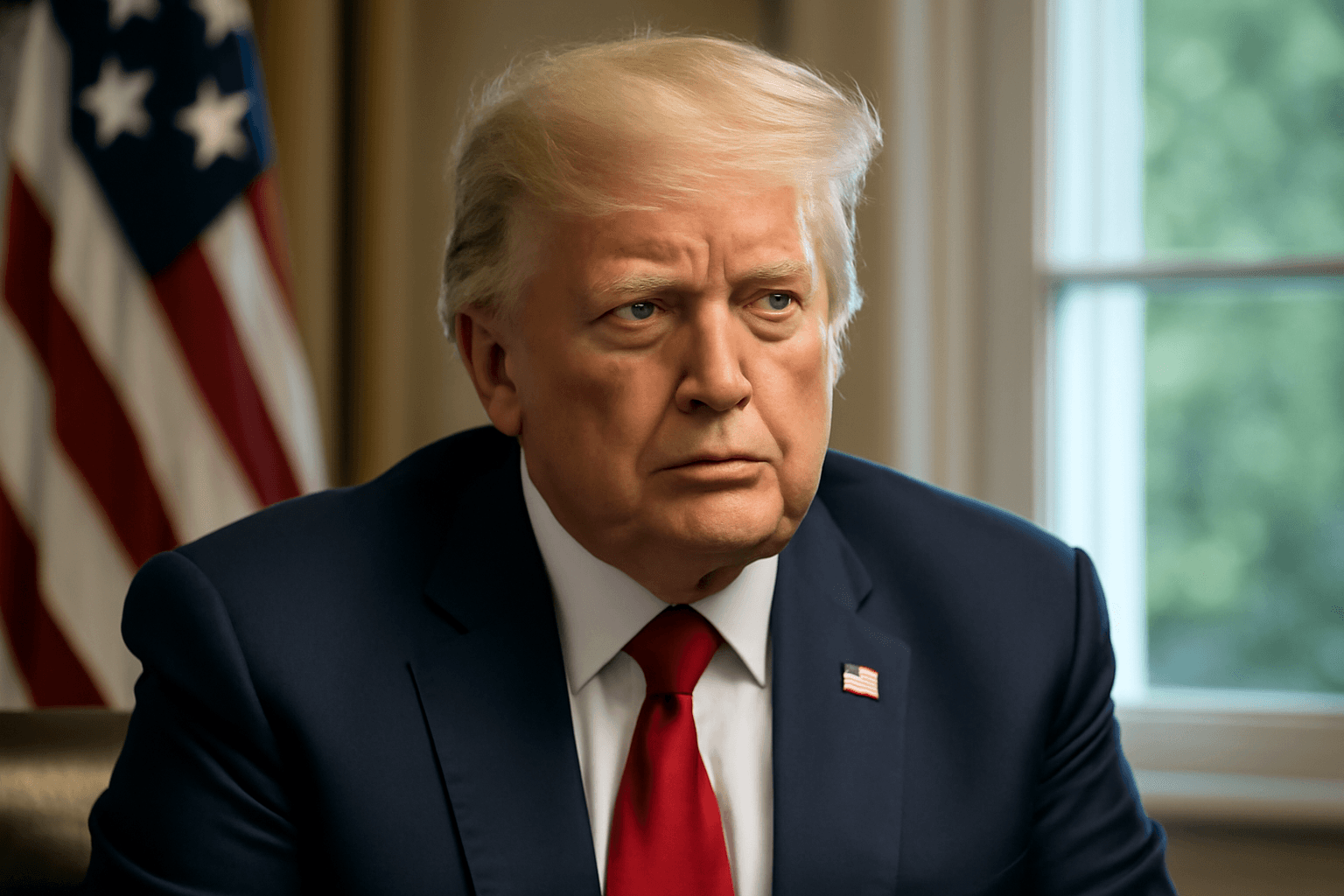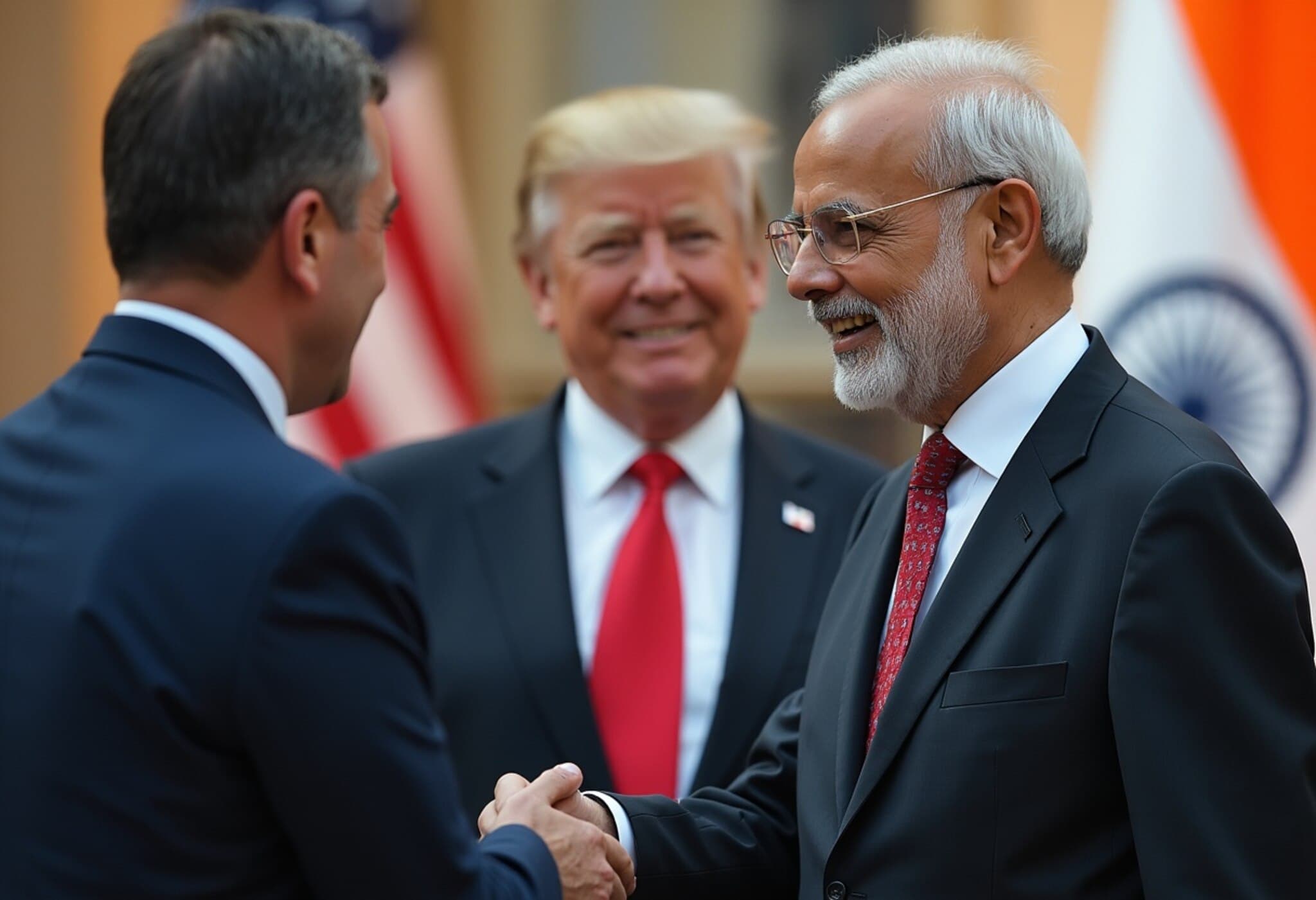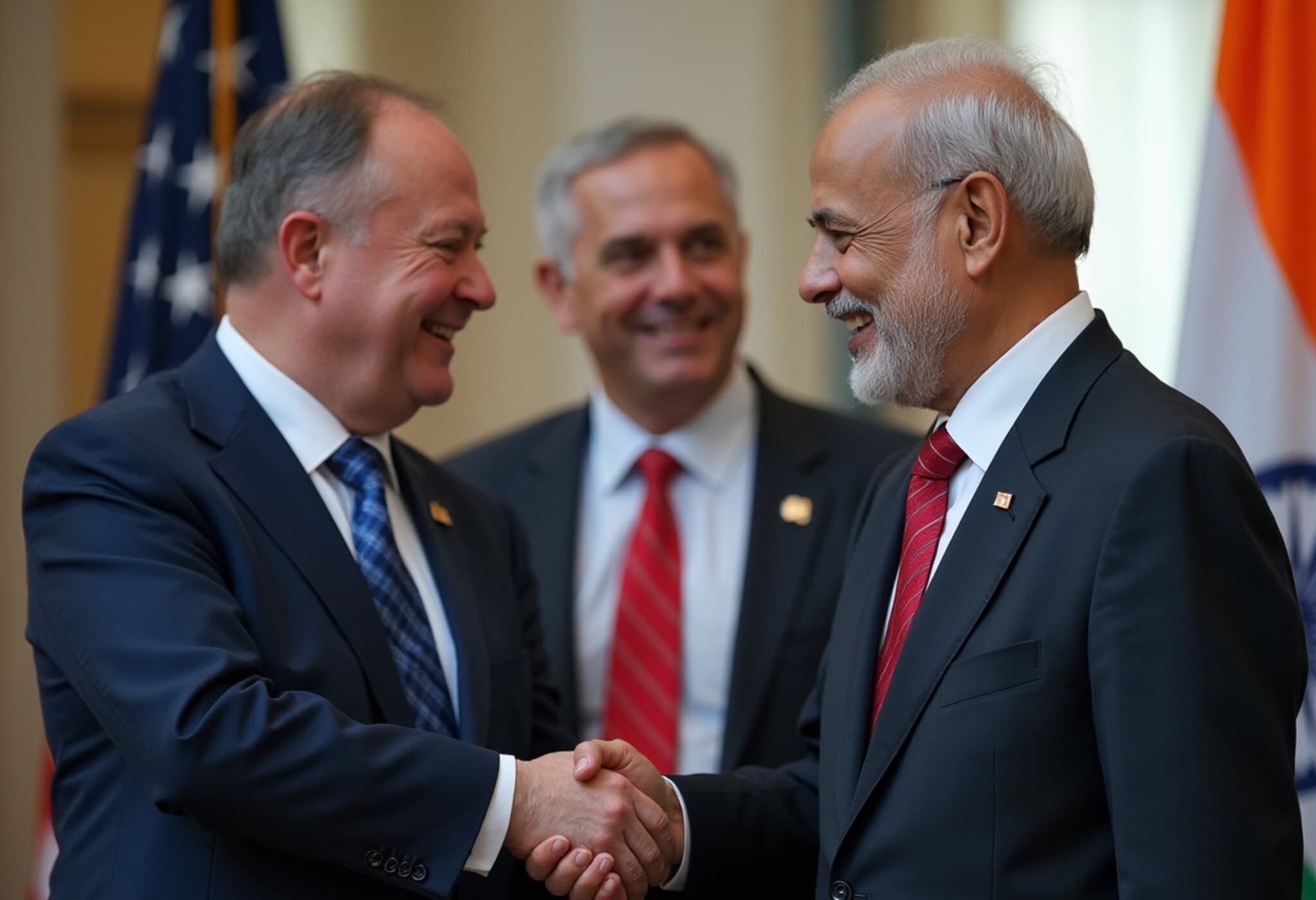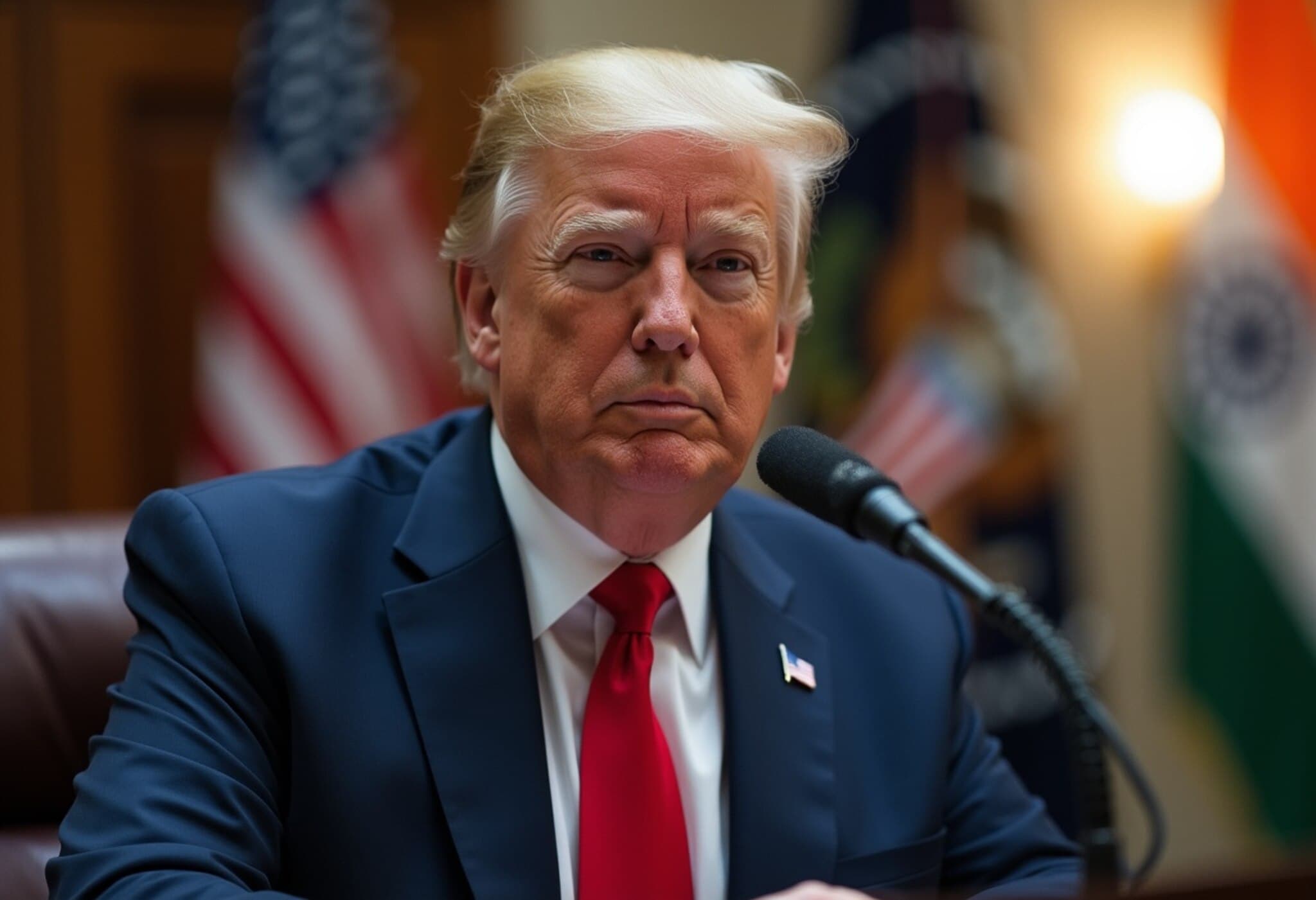Tracing the Impact: Trump’s Tariff Timeline and the Global Trade War
On August 6, 2025, President Donald Trump shook the international trade landscape once again by unveiling a sweeping 25% tariff on Indian imports tied to Russian oil purchases, marking yet another escalation in a trade conflict that has reverberated across continents. To truly grasp the magnitude of these events, it's essential to explore the detailed timeline of Trump's tariff policies, which have profoundly altered the world’s economic interactions.
Setting the Stage: Early Tariff Moves in 2025
- February 1: Trump initiated a bold move by imposing a 25% tariff on imports from Mexico and most from Canada, coupled with an additional 10% on Chinese goods. These measures were mainly aimed at curbing illegal immigration and addressing the opioid crisis through fentanyl control.
- February 3: A 30-day truce was reached with Mexico and Canada on tariffs in exchange for stricter border and law enforcement cooperation, a deal not mirrored with China.
- February 10: Tariffs on steel and aluminum imports were ratcheted up to a flat 25%, impacting key industries globally.
These early decisions rattled financial markets and introduced an era of uncertainty as imports across sectors faced increasing costs.
Escalating Measures and Negotiations
- March 3: Tariffs on Mexico and Canada’s goods were activated at 25%, while Chinese imports saw a doubling of fentanyl-related tariff rates to 20%.
- March 26: A new 25% tariff on imported cars and light trucks was announced, signaling an intensified focus on trade balances.
- April 2-9: Trump introduced global tariff baselines of 10%, with certain countries facing much higher rates, though some were paused after causing financial upheaval.
Trade Truces and Further Escalation
- May 9-12: The US and UK inked a limited trade deal maintaining 10% tariffs on British exports, while a 90-day truce with China saw US tariffs temporarily reduced to 30%, aiming to cool tensions.
- May 23: Trump threatened Apple with a 25% tariff on iPhones made outside the US, emphasizing a push for reshoring manufacturing.
- June 3: Steel and aluminum tariffs escalated drastically to 50%, worsening trade tensions with multiple allies.
July Onwards: Broad Tariff Waves and Targeted Actions
- July 3: Vietnam faced a 20% tariff on many exports, with a higher 40% levy on suspected trans-shipment goods, highlighting a crackdown on trade circumvention.
- July 6-10: Countries supporting the BRICS coalition encountered an additional 10% tariff; tariffs on Canada were slated to surge to 35%, with blanket tariffs between 15-20% planned for various trading partners.
- July 15-27: New trade agreements with Japan and the EU brought mixed tariff adjustments—Japan’s auto import tariffs lowered to 15%, while the EU faced a 15% tariff on most goods.
- July 30: A striking 25% tariff was imposed on Indian goods, coupled with a staggering 50% tariff on most Brazilian imports, targeting multiple sectors and underscoring an aggressive trade posture.
Strategic Implications and Global Ripples
Trump’s tariffs have not only stirred market volatility but also redefined how nations negotiate trade deals and enforce economic sovereignty. The emphasis on tariffs related to national security, drug control, and geopolitical alliances reflects a complex tapestry where economic policy intersects deeply with foreign policy objectives.
The additional tariffs on countries reportedly importing Russian oil underlines an increasingly punitive approach tied to broader geopolitical conflicts. For India, bearing the brunt of a 50% tariff, the economic implications raise questions on supply chain shifts and diplomatic ties.
Expert Commentary: Navigating a New Protectionist Era
Dr. Linda Harper, a senior fellow at the Center for International Trade Policy, notes, “This tariff timeline underscores a pivot towards protectionism that challenges the post-WWII global economic order. While intended to safeguard domestic industries, such sweeping measures risk retaliatory cycles, disrupting multinational supply chains crucial for American businesses and consumers alike.”
Indeed, American companies reliant on global inputs may face rising costs, ultimately affecting everyday consumers. Additionally, legal challenges within the US judicial system, such as the temporary reinstatement of tariffs by a federal appeals court, highlight the contentious domestic debate over executive authority in trade policy.
Looking Ahead: Key Questions for Policymakers
- How will the US balance its economic interests with diplomatic relations amid tariff escalations?
- Will these tariffs encourage meaningful reshoring of manufacturing, or will they cause longer-term disruptions in supply chains?
- What mechanisms exist to resolve disputes without harming global trade stability?
As the US continues to leverage tariffs as tools of both economic and geopolitical strategy, the world watches closely—looking for signals of cooperation or further conflict.
Editor's Note
President Trump's aggressive tariff policies since early 2025 have ignited what many consider a new trade war, reshaping global commerce with economic and political reverberations. This timeline sheds light on how interconnected trade dynamics, national security concerns, and geopolitical rivalries converge in today's tariff battles. For readers, the unfolding scenario raises critical reflection points on the future of globalization, the resilience of supply chains, and the pursuit of balanced trade relationships.

